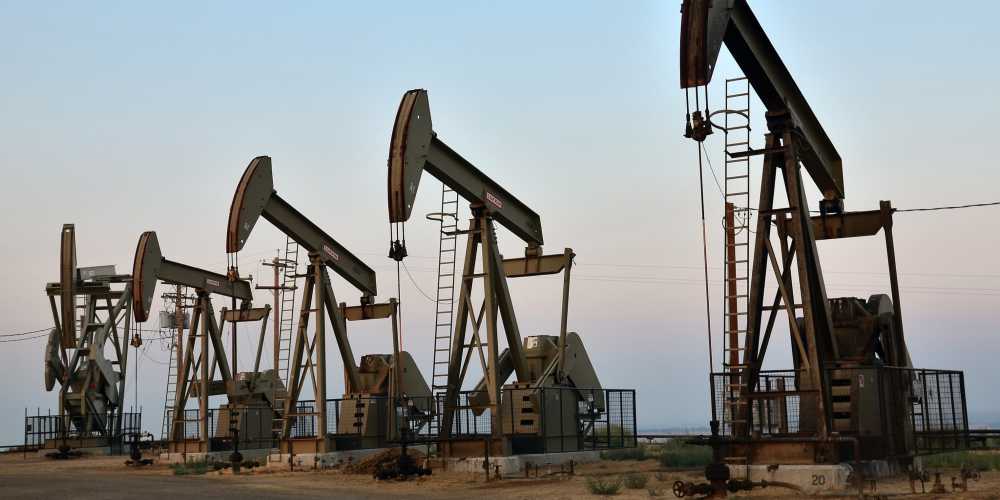The ground was like a sponge and the men’s legs sank, in places up to their calves. A rumble of diesel engines filled the air. Then, there was a cry: “Back! Go back!”
Charles “C.J.” Bevins, a 23-year-old roughneck, was pinned against a trailer by a forklift. The vehicle was partially sunk into the ground. C.J.’s legs dangled like a rag doll’s.
The driver hurriedly backed up, and C.J. crumpled to the ground. As the men milled around, unsure how to help, C.J.’s face went white, his lips blue. He looked up at his friend and colleague Steve Riffle, whom he called “Dad.”
“Dad, I ain’t going to die, am I? I ain’t going to die, am I?”
“No, you will be back to work tomorrow,” Riffle said. “You will be all right.”
C.J. died hours later at a hospital near the rig site in Smyrna, N.Y.
Oil and gas sites are among the most dangerous workplaces in the country, according to federal labor statistics and an ongoing EnergyWire investigation. Multiple pressures weigh on the people who work in this high-risk, high-reward industry, including the need to produce on schedule and keep costs down. The company men and their workers have a “get ‘er done” attitude that sometimes leads to safety compromises that go unnoticed and undocumented.
Sometimes events tilt toward tragedy.
****
It has been more than a year since the accident. C.J.’s sister, Charlotte Bevins, 26, keeps her brother’s blue safety helmet in the back seat of her car.
Since C.J.’s death on May 1, 2011, Charlotte has been driving a few of her brother’s old co-workers to their rig jobs. Along the way, she quizzes them about the company’s safety culture to piece together why, exactly, her brother died.
When a roughneck dies, the local newspaper runs a short obituary. The company pays for a funeral service. The Occupational Safety and Health Administration conducts an investigation and fines the company. In C.J.’s case, the fine was $4,900. Under the state’s workers’ compensation program, family members get a percentage of the victim’s monthly salary.
The process is designed for an efficient cleanup. The company pays its share, and it moves on to drilling the next well.

